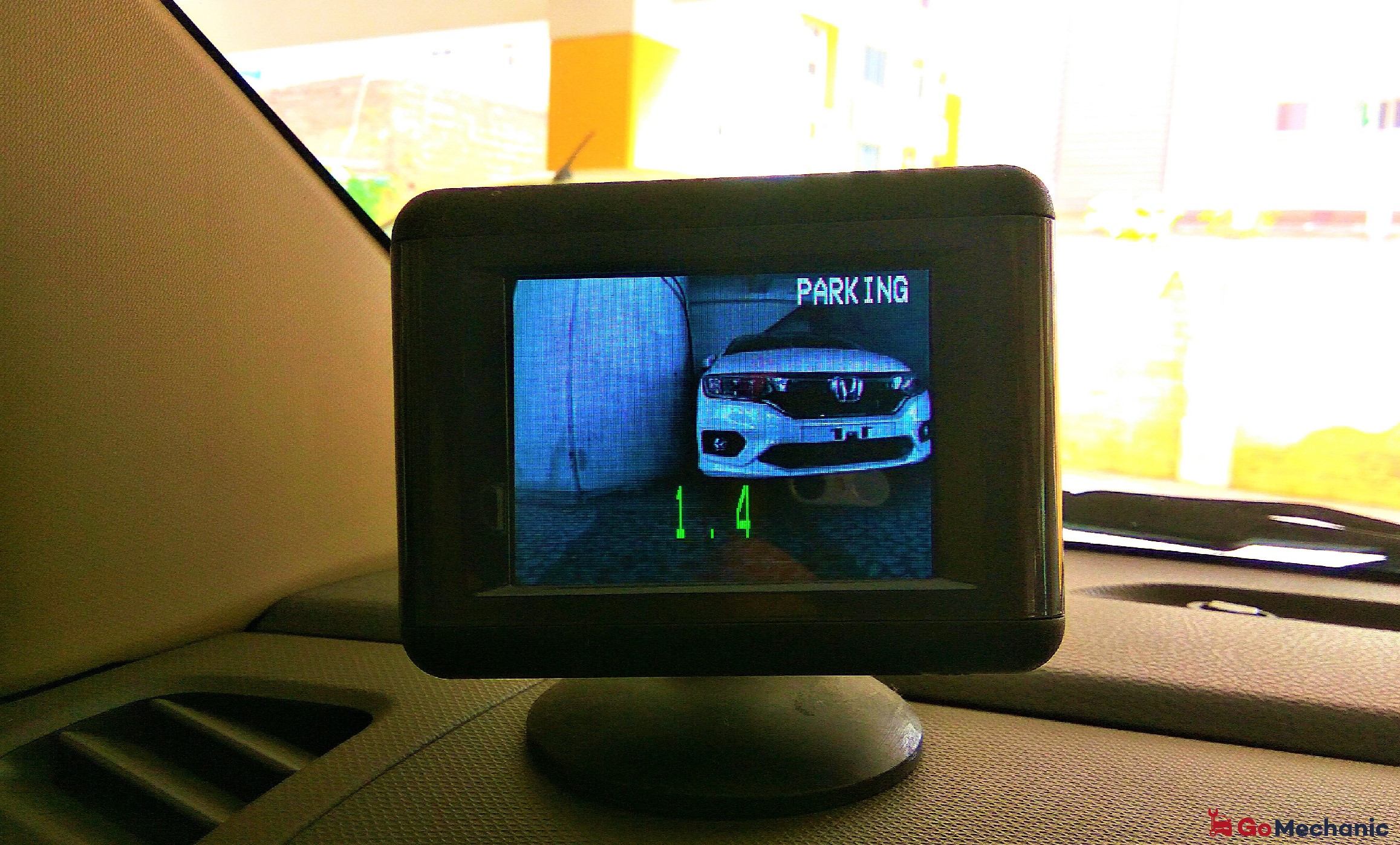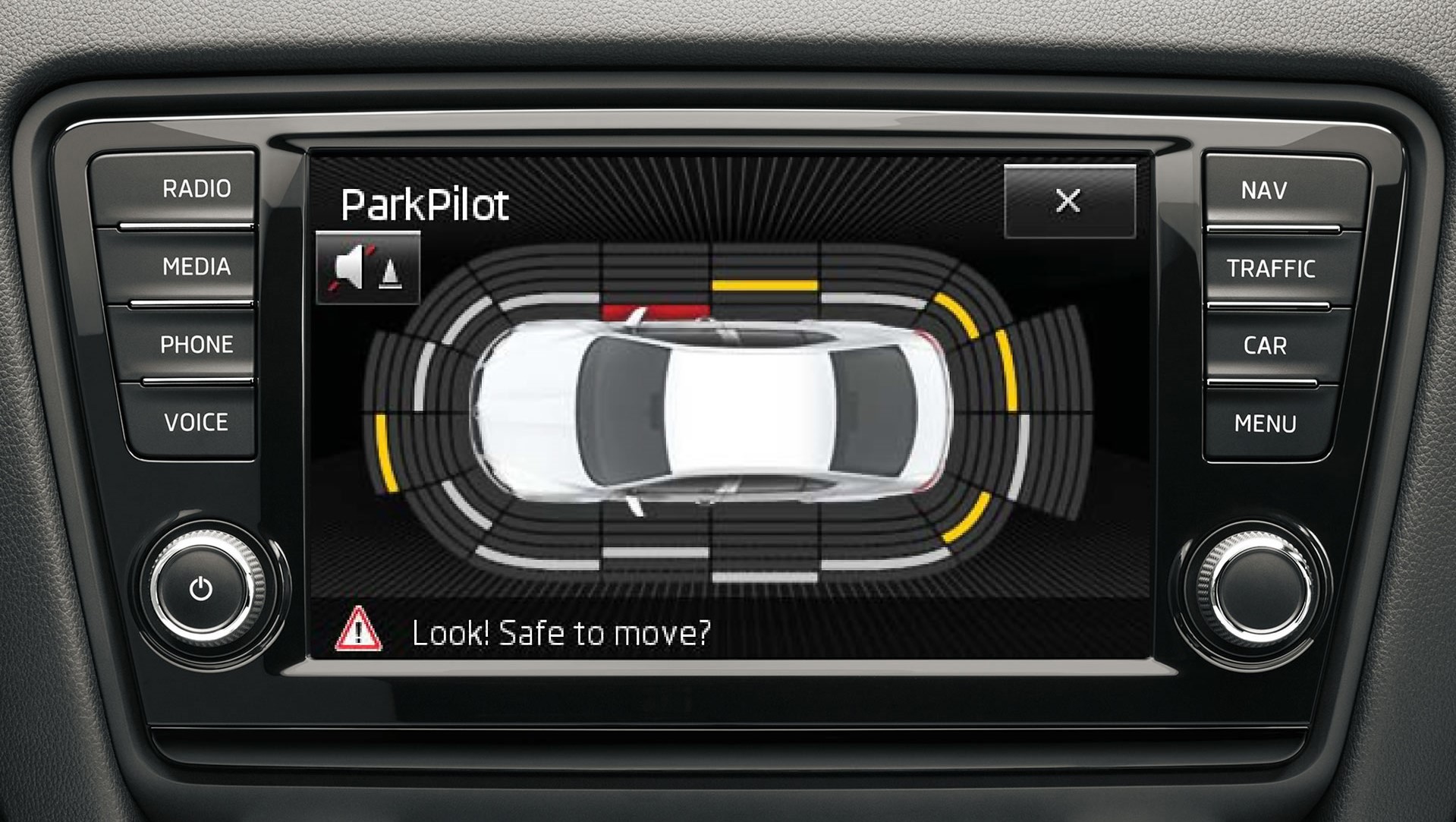Now, this is a feature, we Indians are very thankful for. Parking in tight spaces is now a breeze, all thanks to the Parking Sensors. If you have wondered how this marvellous piece of technology works, you’re in the right place. This feature allows you to back your vehicle out of the driveway or parking spot with more confidence. In general, there is no denying that these sensors make driving in reverse safer. With the increasing overall dimensions of cars and shrinking parking spaces, these sensors are gaining rapid popularity.
What are these Parking Sensors then? They are basically proximity sensors which alarm the driver when the vehicle gets too close to an object. These sensors have been around for a while now. They are mounted most commonly on the rear bumper for reverse assistance and the front bumper from forward-clearance in some cars. Sensors featured in different cars can come under different brand names, like the Park Distance Control, Park Assist, Parktronic, EPS, Smart Assist, or Smart Park. But, in theory, they all work in the same manner.

Advantages of Parking Sensors:
- With more and more cars on the road and fewer and fewer spaces to park them, these sensors ease the arduous task of parking in narrow areas. These sensors help reduce blind spots around the vehicle.
- Parking a car can often wear you down. With these sensors, there would be lesser driver fatigue while you are at it.
- They also reduce the chances of damage to a car or other nearby objects.
- Plus, the Parking Sensors can make a confident driver out of you.

These are the two most popular types of parking sensors:
- Ultrasonic Parking Sensors
- Electromagnetic Parking Sensors
Ultrasonic Parking Sensors
The Ultrasonic sensors – just like bats – use high-frequency sound waves to detect objects. These sensors emit sound pulses that reflect off of nearby objects. A receiver detects the reflected waves and calculates the distance from your vehicle to the object. As ultrasonic systems use sound waves, they can suffer from interferences. They might not work that well with small, narrow objects such as poles. They are also affected by rain and wind. Moreover, since an ultrasonic system works by using individual sensors mounted on the car’s bumper, dirt, mud and grime can cause the system to fail.
Download the GoMechanic App Now!
Electromagnetic Parking Sensors
These types of sensors use Electromagnetic frequencies to detect the objects nearby. Electromagnetic Parking Sensors can identify more types of objects and without the limitations of ultrasonic proximity sensors. This is because they function in a wide range of wavelengths on the electromagnetic spectrum. Electromagnetic sensors can also be paired with a camera to help the driver better visualize her car and the space around it. As opposed to ultrasonic sensors that are mounted onto the bumpers, Electromagnetic Sensors are mounted inside the bumper. Hence, there won’t be any issue of dirt interfering with the system’s detection capability. Another plus point with EPS is that they are discreet.
Parking Assist

One of the most intelligent parking systems of the time (thanks to technology) is the Park Assist. This is about as close as can we get to a fully automated parking system. Park Assist is employed as a feature in various high-end cars. Combining the cameras and sensors, park assist systems can find and judge the size of a parking space, and with the driver controlling the speed, it can steer its way into it. Most of these systems are now capable of both reverse and parallel parking manoeuvres.
Tips for using Parking Sensor
Although, quite a feat in technology, one should not wholly rely on these sensors. This is because, they may not detect objects that are flat on the ground, below the bumper, too close to the car, or too far from it.
Another pointer you should keep in mind is to make sure that the sensors are clear of debris all the time. You don’t want dirt or grime obstructing the detection capability of the Parking Sensors, do you? Even if your car has sensors, you should always pay attention to your surroundings while parking. Keep an eye out for people or objects that may enter the parking path.
Remember these tips and don’t forget to make the most out of your Parking Sensors!






